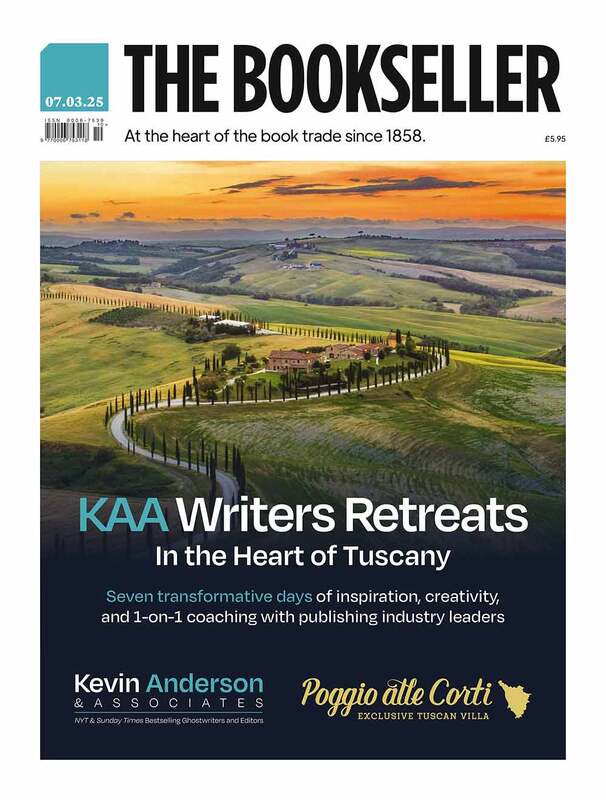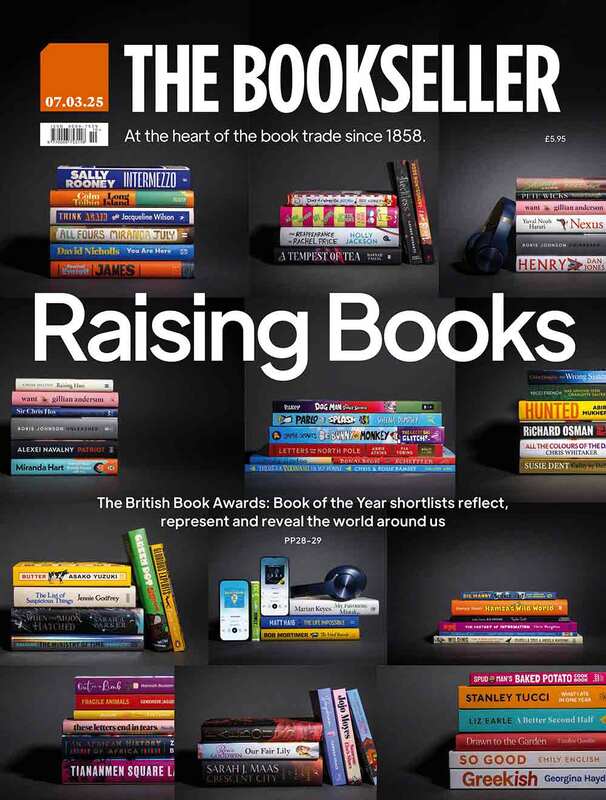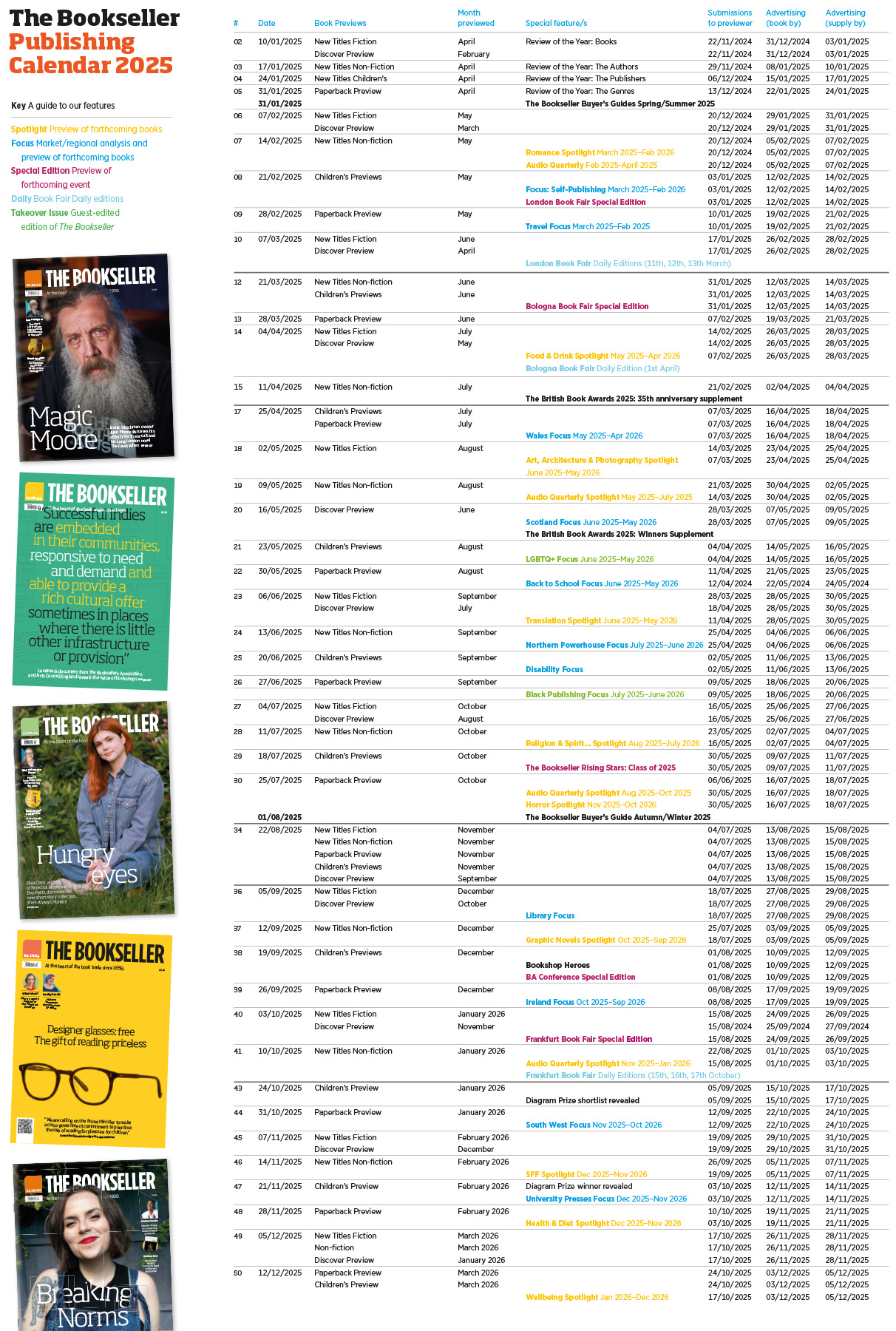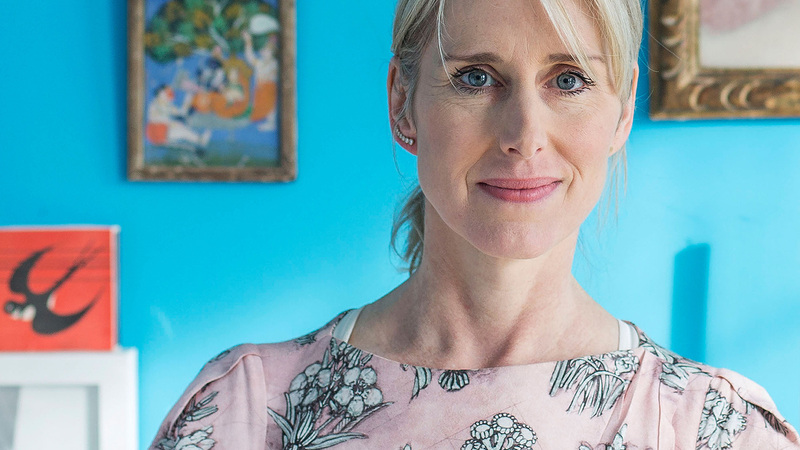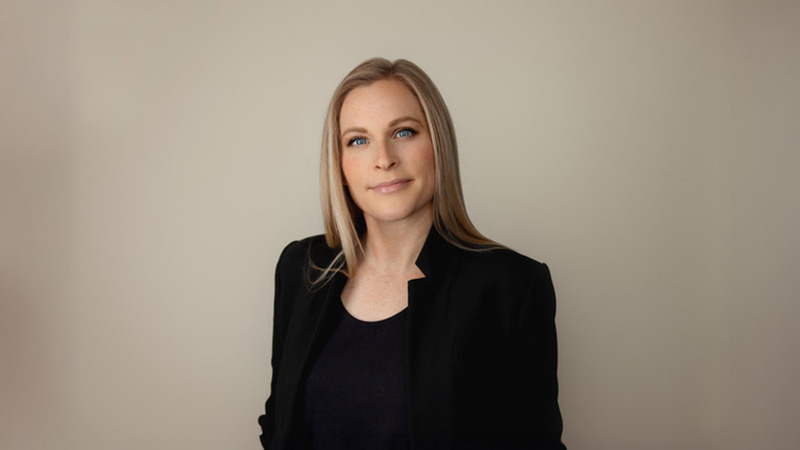You are viewing your 1 free article this month. Login to read more articles.
Children reading more but enjoyment and comprehension on the decline, research suggests
Research by learning and assessment provider Renaissance has suggested that while children are reading more books, enjoyment levels have dipped since the pandemic.
According to the 2023 What Kids Are Reading Report, 1.3 million pupils from across the UK and Ireland read in excess of 27 million books in the 2021–2022 academic year, up 24% on the year before, with Alice Oseman and Colleen Hoover’s books dominating the list of secondary pupils’ favourite books.
However, findings from a National Literacy Trust survey of 62,149 pupils also presented in the report show reading for pleasure has declined since the pandemic. During lockdown, reading enjoyment had significantly increased among pupils. Now, fewer than half of children and young people say they enjoy reading either very much or a lot.
In terms of comprehension, analysis of the difficulty of books and comprehension levels conducted as part of the What Kids Are Reading report showed a mixed picture. The Average Book Difficulty Level (ATOS) was identical to the previous year, but while book difficulty rose as pupils became older, the report states “this isn’t in proportion to the rate at which the pupils should have been improving based on their age". Average Book Difficulty rose until Year 9, then declined steadily thereafter, even though the older pupils should have been reading harder books. Throughout secondary school pupils were still reading books at almost the same level of difficulty as upper primary pupils.
This points to a 15-year trend of secondary pupils not tackling books of sufficient difficulty, the report states. Moreover, pupils in primary schools also “consistently show a much higher level of comprehension” (74% to 80%) than pupils in secondary schools (65% to 71%), according to the research.
Joan Mill, group managing director of Renaissance International, said: “Since the first report, What Kids Are Reading has offered unrivalled insight into the books read and enjoyed by over a million children. In that time certain authors have dominated, but the diversity of the most popular books this year, and the emergence of BookTok stars, is an interesting development."
Books by Julia Donaldson dominated in the years one, two and three age groups, with The Gruffalo (Macmillan Children’s Books) in particular being widely read, while "Year Four was something of a battle between Roald Dahl and Jeff Kinney" according to the report. Kinney dominated years five, six and seven, as well as David Walliams, and the report noted that: "The re-emergence of J K Rowling (as last year) is interesting." Of years seven and eight the report stated: "Alice Oseman’s Heartstopper Volume 1 [Hodder Children’s Books] is a striking new entry, particularly favoured by girls. However, this book and its associated volumes are of very low readability, and unlikely to be developing reading skills in pupils of this age." For years nine to 11, John Steinbeck, George Orwell, J B Priestley, J K Rowling and Suzanne Collins were widely read, as well as Jeff Kinney. Pupils in these year groups "were reading almost four years below their chronological age".
Mill continued: “While we should lean into any trend that encourages more reading, teachers play a vital role in helping pupils select books that will challenge and develop them. When pupils read suitably challenging texts appropriate for their age, they are more likely to finish the book and develop a reading habit that leads ultimately to reading for pleasure – and the wider academic benefits that brings.” She also said "there is also a role for publishers to play", adding: "It’s important they are also responsive to the need for books that suitably challenge and engage the young adult audience and secondary school students."
The What Kids Are Reading report was written using Renaissance data analysed by Professor Keith Topping from the University of Dundee. He commented: “Now in its 15th year, the report continues to provide invaluable insights into the reading habits of pupils and longstanding trends have become evident.
“Over this long period, we have seen a repeated decline in reading comprehension from primary to secondary pupils. To help tackle this, secondary pupils need to be encouraged to read books of increased difficulty, more appropriate to their age.”
Dr Christina Clark, head of research at the National Literacy Trust, added: "While it is encouraging to discover that children are reading more books through the Accelerated Reader Programme, our research shows this is happening alongside reading enjoyment levels being at a 15-year low, and the percentage of children who say they read daily is also a concern.
“The brief rise in both levels of reading enjoyment and reading frequency in May 2020 suggests that giving children and young people free time to read is vital in supporting their reading enjoyment. We also know that children and young people are finding inspiration for their next read from a variety of sources, including teachers, librarians, peers, families and online platforms. It is clear that much more must be done to support children and young people with the lowest levels of reading enjoyment, recognising the role that families, schools and the wider community have to play in ensuring any downward trends in reading enjoyment and frequency do not extend into future years."
Alison Tarrant, the chief executive of the School Library Association and co-chair of the Great School Libraries campaign, said in the report: "Every school in the UK, regardless of its reading provision, should be aiming to build a reading culture which is inclusive of the whole school community – all staff, parents/carers and other community organisations.
"It must be built on respect for choice and enthusiasm for reading, learning, and growing as individuals. It requires a knowledge of the pupils, a broad variety of resources and, importantly, an honest appraisal of what ‘reading’ is. I would encourage schools to read this report and reflect on their reading culture; where are the areas which can be strengthened? Who are the reading role models for each cohort of pupils? Are all the staff community involved? When is reading aloud happening and why? What messages about reading are going home? Answering these questions will be a solid starting point to ensure that every child experiences a reading culture which allows them to reap all the benefits of reading for pleasure and maximise their long-term outcomes."

